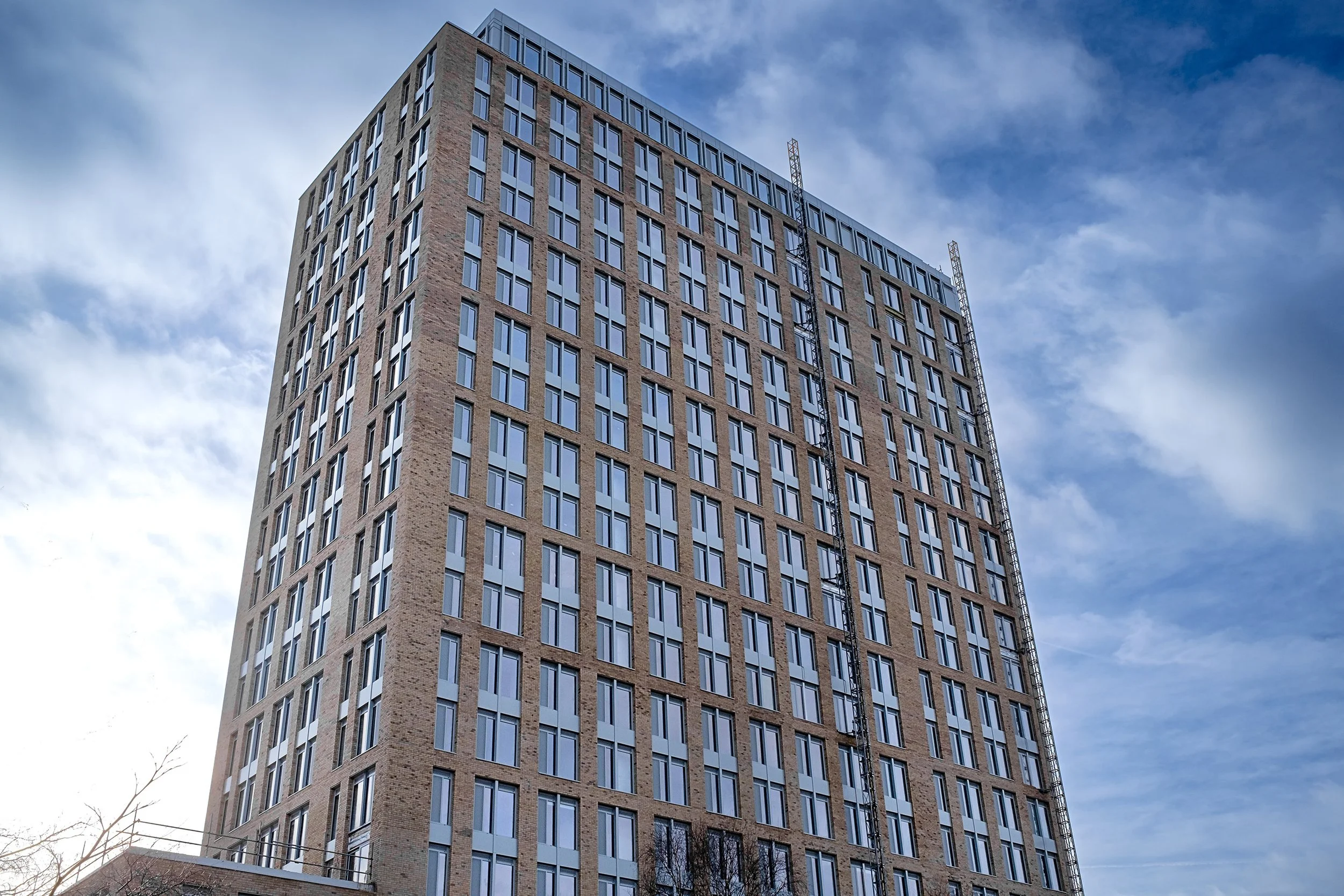What’s past is prologue:
How Salford is setting the stage for its next regeneration story
We’re continuing our tour of Greater Manchester’s boroughs, this time stopping off in Salford.
Famous for its cultural icons - from Joy Division to L.S. Lowry, and from the Salford Lads Club to the modern-day buzz of MediaCity – Salford has never been short of personality.
But it’s not just culture that defines Salford. It’s a city that consistently finds a way to get things done. A place that blends urban with rural, industrial heritage with modern innovation. And, crucially, a place that doesn’t forget its past while looking firmly at its future.
Shakespeare’s Antonio says in The Tempest:
“What’s past is prologue.”
In other words, the past sets the stage for what comes next. And the future is ours still to write.
Salford has taken that to heart with its ambitious vision to 2028. And we are starting to see the vision in action in Eccles — a town on the brink of an exciting transformation.
Why Eccles, why now?
It’s a fair question: Eccles has been talked up before, so what’s changed?
On paper, Eccles has a lot going for it. Fantastic transport connections with rail, tram and motorway all within easy reach, a large town centre, well-used local parks and a strong sense of community.
Without doubt, the strong sense of community pride seen in Eccles today has its beginnings in its industrial past… With a ‘can-do’ spirit, people worked hard to make great things happen then, just as they do today.
But for years it’s also been a place where regeneration has struggled to stick. Like many satellite towns, Eccles’ 1960s-built town centre suffered from retail decline; motorways and the nearby Trafford Centre made it all too easy for shoppers to look further afield. A poor quality and disconnected public realm, combined with a rise in online shopping exacerbated vacancies, dwindling footfall and a further cycle of decline.
As the next chapter opens on Eccles, Salford’s challenge – and opportunity – is to break that cycle.
What moves the dial on regeneration?
The big change now is proactive intervention. The Council recognises that Eccles is a town centre with heritage, local identity and pride, and it’s well located. But regeneration is complex, and projects of this scale need a targeted strategic approach by the public sector to release their potential.
Salford’s big vision is to build a:
Fairer, greener, healthier and more inclusive Salford for all.
And as Kurt Partington told us on Euan’s recent charity walk challenge, regeneration can’t stop at the eye catching towers in the city centre. Growth must spread so that everyone benefits. Places like Eccles need targeted, meaningful investment to thrive.
What’s Salford doing to ensure Eccles’s regeneration is different this time?
Public sector leadership
When it comes to creating places people want to live, Salford has put the long-term regeneration of Eccles town centre at the top of its list, and it’s taken control of Eccles’ shopping centre and multi-storey car park.
Demolition is already underway, creating a blank slate in the heart of town for something new.
Strategic partnerships
The Council has appointed Muse as its strategic regeneration partner to take forward the regeneration of the town centre.
For regeneration plans to be successful they must be market facing and deliverable. Working with Muse, alongside other strategic partners like Homes England, the Council knows that there is strength in collaboration.
Vital public funds
The Council proactively secured £2.75 million funding from the GMCA’s brownfield fund to catalyse regeneration and tackle viability barriers head-on.
Clear planning frameworks
Salford’s approach of planning for impact is one we’ve explored before. Development frameworks give developers the confidence to invest and ensure proposals align with a shared long-term vision. They help focus growth in the right areas, balancing height, density and public benefit. Something we’ve seen Salford do successfully at Greengate.
Now Salford is embarking on a new framework for Eccles, and has drawn up a shared vision to revitalise the town centre, build on local pride and improve connections.
In Eccles, the Council’s proactive intervention is coming at the right time. Developers are coming, proposals are surfacing, but Salford wants to, and needs to, steer the conversation.
The national narrative
Central government has boldly committed to build 1.5m homes in its first parliament. If this is to be realised, we’ll need to take full advantage of the opportunities provided by places like Eccles and all it has going for it.
Delivering numbers is one thing. But creating quality places requires much more consideration. Density needs to be delivered in the right way. We’ve seen recently how a 23-storey town centre apartment scheme approved in 2024 was undeliverable on viability grounds. We’ve now submitted a revised scheme for a mix of duplex apartments and town houses reaching six-storeys at its highest point.
When adopted, the new development framework will bring clarity to the Eccles vision, helping to focus height and other parameters in the right locations and de-risk future investment.
Spreading success beyond the centre
Salford’s leadership has been clear: growth shouldn’t be concentrated in the centre while outer areas stagnate.
Regeneration in Eccles isn’t just about fixing a shopping centre. It’s about tackling inequality, improving health and liveability, and providing a good home for all.
Eccles has been promised a renaissance before, but this time the pieces are better aligned. Supported by Salford City Council’s proactive intervention, Eccles, with its ‘can-do’ spirit, will make great things happen.
Regeneration isn’t an easy fix. And it never happens by accident. But when these key ingredients come together, we witness regeneration by design.
And that’s a blueprint worth learning from.




